Table of content
- Step 1: Cooling the Eggs
- Step 2: Submerging in Brine
- Step 3: Sealing and Dating
- Shelf Life
- Step 1: Pre-Freeze Preparation
- Step 2: Packaging
- Step 3: Thawing and Reheating
- Texture Considerations
- Pickling
- Dehydration
- Canning
- Do’s
- Don’ts
- Egg Salad 2.0
- Tea Egg Fried Rice
- Stuffed Avocado Boats
- Breakfast Tacos
- Tea Egg Pasta Carbonara
Introduction
Tea eggs, a beloved snack originating from East Asia, have captured the hearts and palates of food enthusiasts worldwide. These marbled delicacies, simmered in a fragrant blend of tea leaves, spices, and soy sauce, offer a harmonious balance of savory and aromatic flavors. Whether enjoyed as a quick breakfast, a midday snack, or a culinary experiment in gourmet dishes, tea eggs are a testament to the art of simple yet profound flavor infusion. However, their preparation often yields more than one sitting can consume, leaving many to ponder the age-old question: How do you store leftover tea eggs without sacrificing their taste and texture?
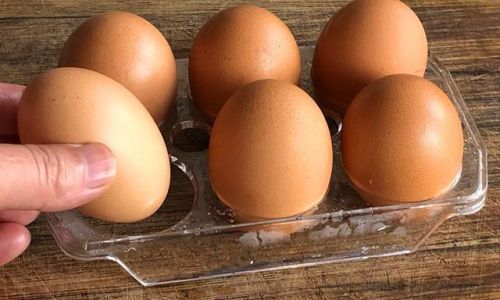
This article delves into the science and practicality of preserving tea eggs, exploring methods that extend their shelf life while maintaining their signature appeal. From refrigeration to freezing and even repurposing leftovers, we’ll uncover actionable strategies to ensure every egg is savored at its best.
Understanding Tea Eggs: A Brief Culinary Overview
Before diving into storage solutions, it’s essential to grasp what makes tea eggs unique. The cooking process involves hard-boiling eggs, then gently cracking their shells to allow a flavorful brine—typically made with black tea, star anise, cinnamon, soy sauce, and sugar—to seep into the cracks. This creates a distinctive marbled pattern and infuses the egg with umami-rich depths.
The brine not only imparts flavor but also acts as a natural preservative, thanks to its salt and acid content. However, once removed from the brine, the eggs become susceptible to bacterial growth and moisture loss, necessitating proper storage techniques.
Why Proper Storage Matters
Leftover tea eggs, like any perishable food, face two primary adversaries: time and environmental conditions. Exposure to air, heat, and humidity accelerates spoilage, leading to:
- Texture changes: Eggs may become rubbery or dry.
- Flavor degradation: Stale notes or off-odors can develop.
- Bacterial growth: Risk of pathogens like Salmonella increases if stored improperly.
By adhering to best practices, you can mitigate these issues and enjoy your tea eggs for days—or even months—to come.
Refrigeration: The Go-To Method for Short-Term Storage
Refrigeration is the most straightforward way to preserve tea eggs, ideal for those planning to consume them within a week. Here’s how to maximize freshness:
Step 1: Cooling the Eggs
Allow freshly cooked tea eggs to cool to room temperature before refrigerating. Placing hot eggs directly into the fridge can raise the internal temperature, compromising food safety and causing condensation, which dilutes the brine.
Step 2: Submerging in Brine
Transfer the eggs to an airtight container and cover them with the original cooking brine. The brine acts as a protective barrier, preventing moisture loss and inhibiting bacterial growth. If you’ve discarded the brine, create a new solution by combining 1 cup water, 2 tbsp soy sauce, 1 tsp salt, and a pinch of sugar.
Step 3: Sealing and Dating
Ensure the container is tightly sealed to prevent odor absorption from other foods. Label it with the storage date to track freshness.
Shelf Life
Stored this way, tea eggs will last 3–4 days in the refrigerator. For extended short-term storage (up to 7 days), consider the following tweak:
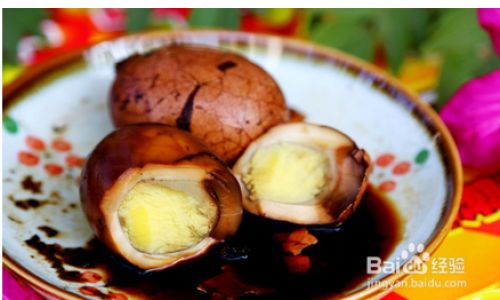
- Peel with Caution: Peeling eggs before refrigeration exposes the surface to air, shortening shelf life. If peeling is necessary, coat the eggs in a thin layer of oil to seal in moisture.
Freezing: A Game-Changer for Long-Term Preservation
Freezing tea eggs is a controversial topic, as ice crystals can alter texture. However, with the right approach, you can retain acceptable quality for 3–4 months.
Step 1: Pre-Freeze Preparation
- Peel or Not to Peel?: Peeling before freezing prevents shell fragments from piercing other eggs during storage. However, unpeeled eggs fare slightly better in texture retention.
- Brine Bath: Submerge eggs in a light brine (1 tbsp salt per 2 cups water) for 10 minutes to reinforce flavor and moisture.
Step 2: Packaging
- Individual Wrapping: Wrap each egg in plastic wrap or parchment paper to prevent freezer burn.
- Airtight Containers: Place wrapped eggs in a freezer-safe container, leaving ½ inch of headspace for expansion.
Step 3: Thawing and Reheating
- Thaw Gradually: Transfer eggs to the refrigerator 12–24 hours before consumption.
- Reheat Gently: Simmer eggs in fresh brine for 5 minutes or steam until heated through. Avoid microwaving, as it can create rubbery textures.
Texture Considerations
Frozen-thawed tea eggs may have a slightly softer white. Compensate by using them in dishes where texture is less critical, such as:
- Salads: Chop and toss with greens.
- Ramen Toppings: Slice and add to broth.
- Fried Rice: Dice and stir-fry with vegetables.
Alternative Preservation Methods
For those seeking non-traditional approaches, consider these techniques:
Pickling
Transform leftover tea eggs into tangy pickled eggs by submerging them in a vinegar-based brine.
- Recipe: Combine 1 cup apple cider vinegar, 1 cup water, 2 tbsp sugar, 1 tsp salt, and crushed garlic cloves.
- Storage: Refrigerate in a jar for up to 2 weeks.
Dehydration
Slice peeled eggs thinly and dehydrate at 145°F (63°C) for 8–10 hours. The result? Crunchy tea egg chips perfect for snacking.
Canning
Pressure-can tea eggs in brine for shelf-stable storage. This method requires specialized equipment but offers a 1–2 year shelf life.
Reheating Dos and Don’ts
Proper reheating is as crucial as storage. Follow these guidelines:
Do’s
- Steam: Place eggs in a steamer basket over boiling water for 5–7 minutes.
- Simmer: Gently warm in fresh brine to reabsorb moisture.
- Slice Before Heating: Reduces cooking time and ensures even warmth.
Don’ts
- Avoid High Heat: Boiling or frying can toughen the whites.
- Skip the Microwave: Uneven heating leads to rubbery patches.
Common Mistakes to Avoid
- Storing at Room Temperature: Tea eggs are perishable; never leave them out for more than 2 hours.
- Reusing Contaminated Brine: If the brine develops mold or off-odors, discard it.
- Overcrowding the Container: Air circulation prevents moisture buildup.
- Ignoring Expiry Dates: Even in the freezer, quality declines over time.
Creative Ways to Use Leftover Tea Eggs
Don’t let storage limitations dictate your menu. Repurpose tea eggs with these ideas:
Egg Salad 2.0
Mash with mayonnaise, Dijon mustard, and chopped celery for a smoky twist on classic egg salad.
Tea Egg Fried Rice
Dice and stir-fry with day-old rice, peas, and a splash of soy sauce.

Stuffed Avocado Boats
Halve avocados, remove pits, and fill with sliced tea eggs, cherry tomatoes, and a drizzle of chili oil.
Breakfast Tacos
Crumble eggs into corn tortillas with black beans, salsa, and fresh cilantro.
Tea Egg Pasta Carbonara
Incorporate finely chopped eggs into a creamy Parmesan and bacon sauce.
Troubleshooting: Signs of Spoilage
Trust your senses. Discard tea eggs if you notice:
- Foul Odor: A sulfurous or ammonia-like smell.
- Slimy Texture: Indicative of bacterial growth.
- Discoloration: Gray or greenish yolks.
The Environmental Angle: Reducing Food Waste
Proper storage isn’t just about convenience—it’s an act of sustainability. By preserving tea eggs, you reduce kitchen waste and lower your carbon footprint. Consider these eco-friendly tips:
- Reusable Containers: Swap plastic wrap for beeswax or silicone covers.
- Compost Brine: After straining, pour used brine on compost piles to enrich soil.
Conclusion
Leftover tea eggs need not be a culinary conundrum. With refrigeration, freezing, and creative repurposing, you can extend their lifespan while preserving their cherished flavors. Remember the golden rules: cool before storing, seal tightly, and reheat with care. Whether enjoyed solo or transformed into innovative dishes, properly preserved tea eggs remain a testament to the marriage of simplicity and flavor.
So the next time you find yourself with a surplus of these marbled gems, embrace the art of preservation—and savor every bite, knowing you’ve mastered the balance between tradition and practicality.
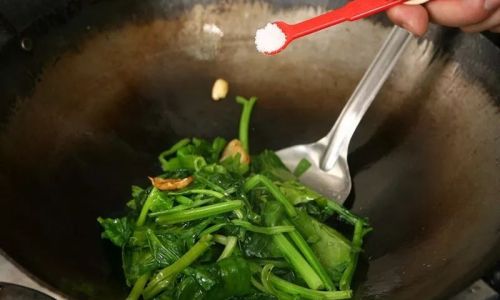

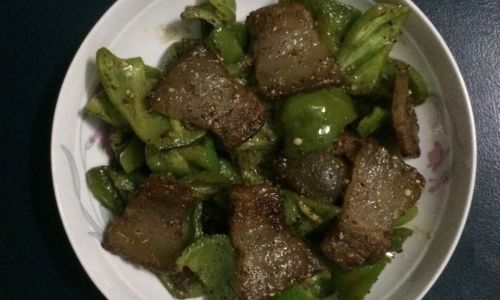
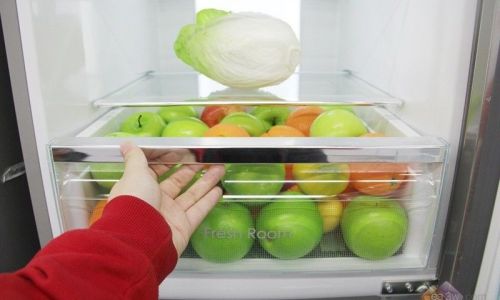


0 comments